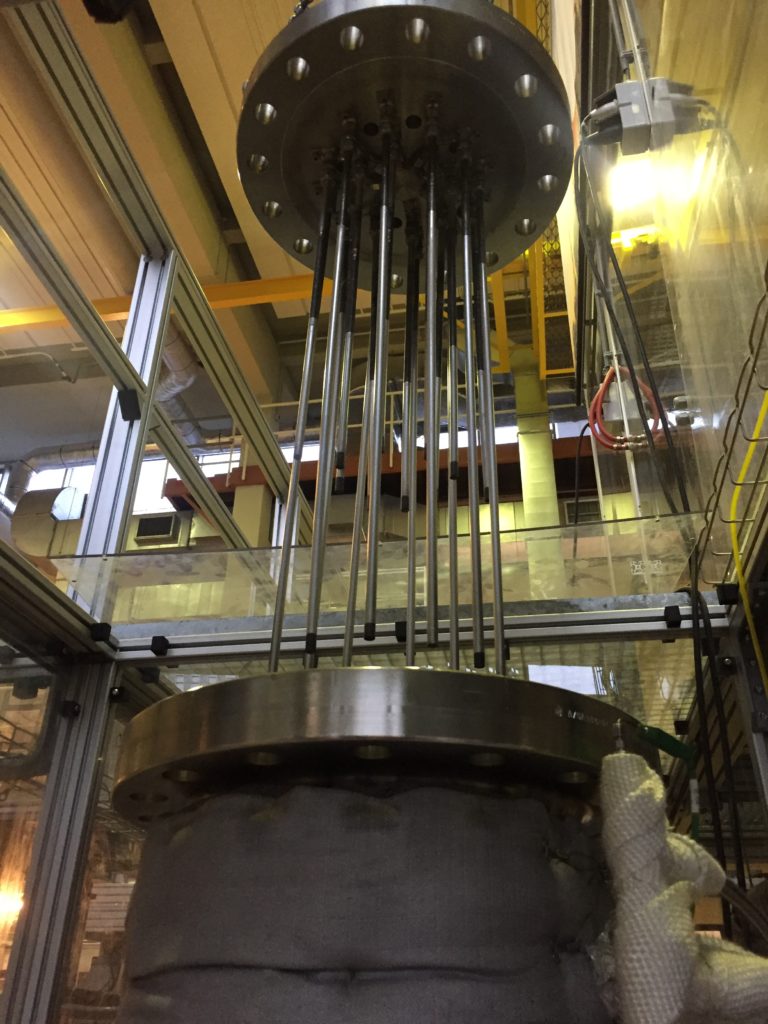
A rendering of the project to produce green hydrogen that Gransolar is planning for the Port of Almería.
Image: Gransolar
A company spokesperson told pv magazine that the plant will produce hydrogen from seawater and will be powered by a 30 MW solar plant and a 20 MWh storage system with an autonomy of 4 hours.
The facility will be based on double-reverse osmosis treatment with energy recovery followed by electrolysis of deionized water through proton exchange membrane (PEM). Furthermore, secondary electrolysis of concentrated brine will be implemented by cell membrane electrolysis.
The main electrolyzer at the facility will have an installed capacity of 20 MW and an estimated production of 1,000 tons per year. The produced fuel will be then stored in trucks for pressurized gas at 400 bar pressure.
Hydrogen will be used as fuel for public transport at the port and urban cleaning vehicles in the city of Almería. It will also be utilized to feed the port's unloading machinery, the national and international transport of goods, and part of the energy demand of local manufacturing industries.
The project has a required investment of €80.5 million euros and is scheduled to be built by the end of 2024. Gransolar confirms that it has the interest and commitment of the Almería City Council, as well as multiple companies from different professional sectors, without providing further details.
Almería will not be the only Andalusian port with plans to produce hydrogen. The Port of Malaga is also expected to host green hydrogen production through a project that also contemplates the use of artificial intelligence.
This article originally appeared on pv-magazine-usa.com, and has been republished with permission by pv magazine (www.pv-magazine.com and www.pv-magazine-usa.com)










